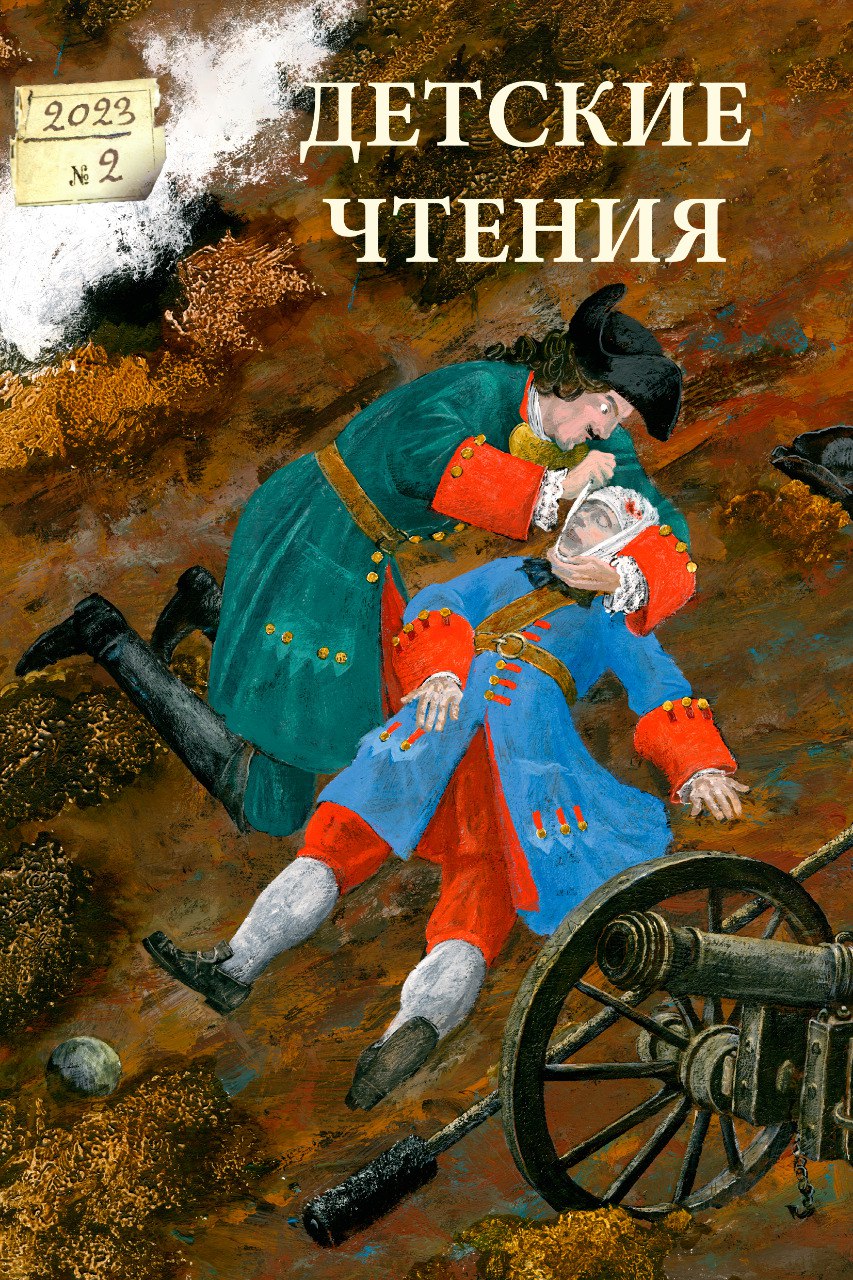YESTERDAY AND TODAY: ON THE LITERARY TREATMENT OF HISTORY
DOI:
https://doi.org/10.31860/2304-5817-2023-2-24-9-34Abstract
The introduction to the archival collection “To Revive the Past Through Pedagogy: On History and Historicism in Children’s Literature” starts with a close reading of Yesterday and Today, a picture book for children, which the poet Samuil Marshak and the artist Vladimir Lebedev published in 1925 with the private press Raduga in Leningrad. Relying on clear binary schemes, the book presented temporal distinctions (yesterday/today) as a combination of differential features. Belonging to different time frames was presented not simply as a matter of chronology; also, it was read as a manifestation of cultural differences (old/new), that is, as differences constructed and appropriated through time, and, simultaneously, as a clear expression of historical differences (outdated/progressive), i.e., as differences that were rooted in a specific and therefore irreproducible context. The historical juxtaposition of the world of yesterday and the world of today was conceptualized in Yesterday and Today as a juxtaposition of two different orders of
things — the things of the past vs. the things of the present. However, in the finale of the book this early Soviet version of the object-oriented ontology was transformed into something else: everyday objects reemerged as social symptoms. The order of things was re-coded as a metonym of a social order: behind everyday objects of the past and the present, there were “for- mer” and “new” people, lurking. This contrastive multilevel juxtaposition of yesterday and today diffused the linearity of history; the continuity of the material, intellectual, and social progression was subjected to purposeful fragmentation and polarization. And the habitual obviousness of the gap between “yesterday” and “today” was called upon to justify the organic — and therefore natural — essence of such fragmentations and breaks. Yesterday and Today was among the first Soviet books for children to articulate the contrastive method of the early Soviet historicism in a graphic and accessible way. The book’s poetics of historical discontinuities, gaps, and shifts provided an important foundation for the literary treatment of history in the early Soviet period. Moreover, the method of contrastive juxtaposition of the past and the present, of the good and the bad, of the heroic and the cowardly would be quickly turned into a popular narrative formula of Soviet literature for children. By grounding things and people in distinctive temporal settings, this early Soviet version of historicism could successfully organize the multidimensional and heterogenous coexistence of distinctive practices, mentalities, and symbolic frameworks. Incompatible things, styles, and ways of life were placed in their book on their own — separate — pages, as if to emphasize their historically discordant relations. The poetics of historical discontinuities evolved into a politics of historical incompatibility of heterogenous things, styles, and ways of life. By the middle of the 1930s, the poetics of historical discontinuities would be revised and reframed. A desire to juxtapose the past and the present would be replaced by the desire to demonstrate historical continuity. As an organizing model, “yesterday and today” would still be in use but its meaning would dramatically change: “today” would be perceived as a natural continuation of the revolutionary “yesterday.” “Gaps,” “breaks” and “shifts” would be pushed out by “stages” and “steps.” Historical allegories would make historicism ideologically useless and aesthetically irrelevant.







